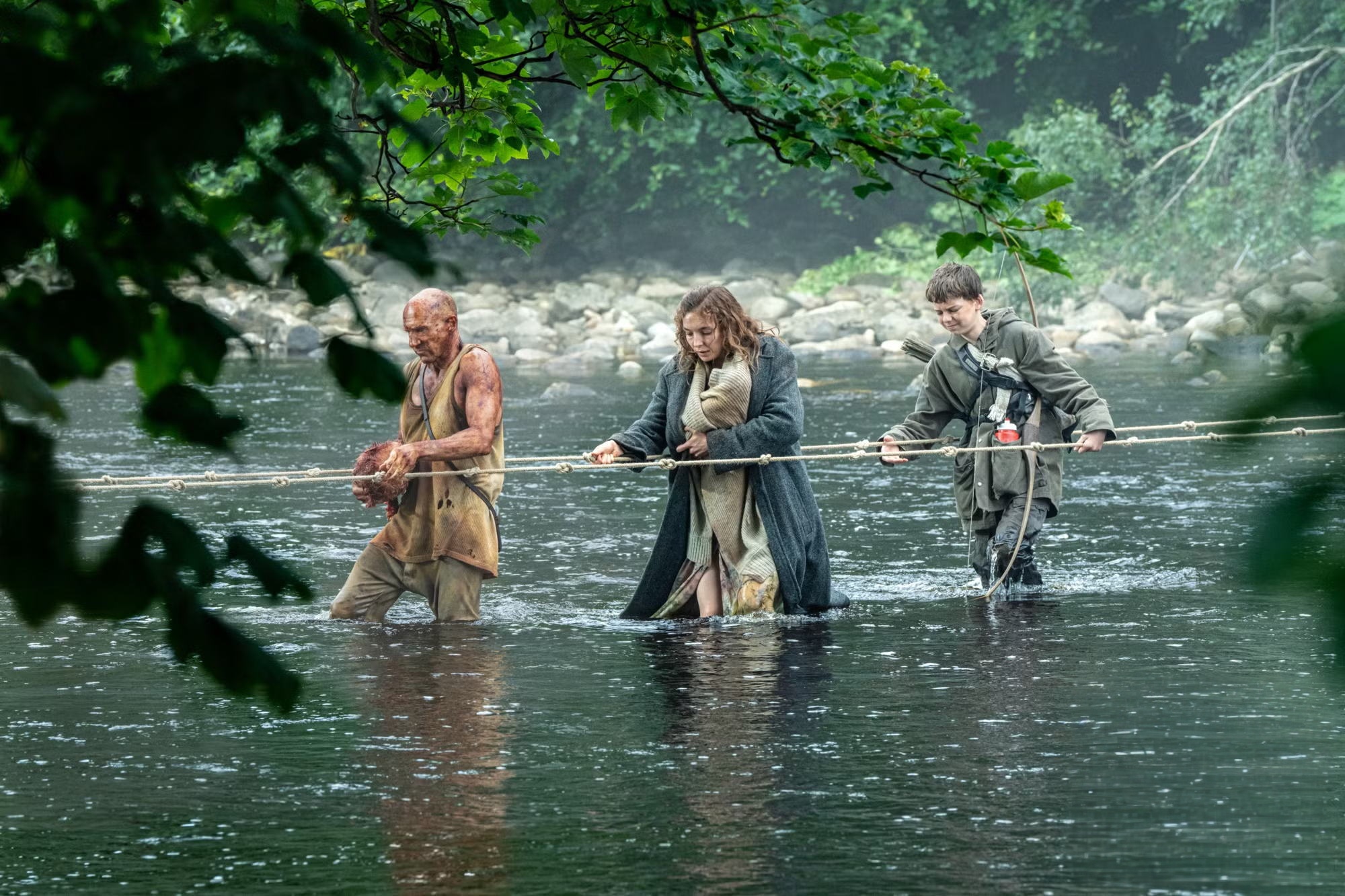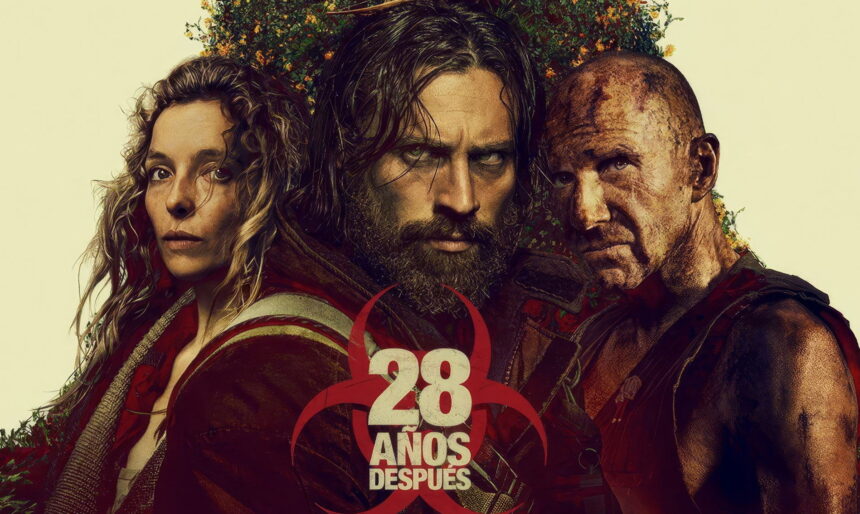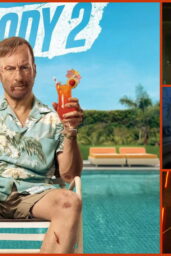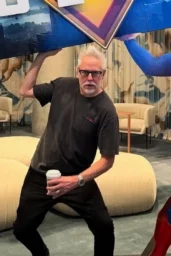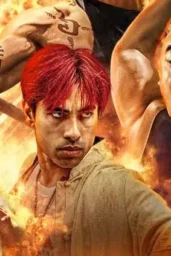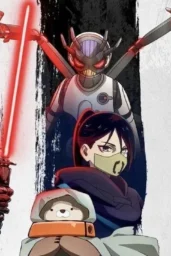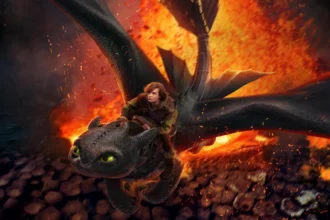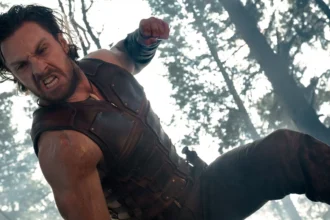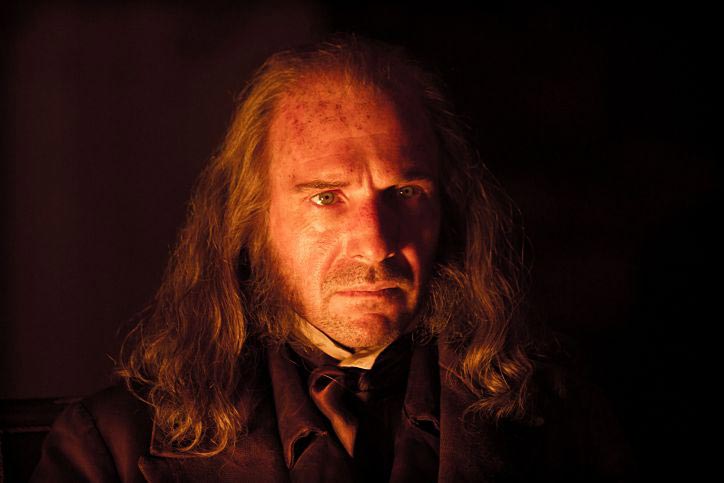Nothing prepared me for staring at that 28 Years Later international poster. Not the shaky cam footage of the first film, not the desperate hope of the second. This? This feels different. It’s like Hollywood finally remembered that less can be, well, terrifyingly more.
Forget the jump scares plastered on glossy sheets. This poster—the one with the grim skull looming like a bad memory over a desolate landscape—doesn’t scream. It broods. It tells you, plain as day, that time has not healed a damn thing. “EL TIEMPO NO HA CURADO NADA,” the tagline seethes in Spanish. That’s your first clue: this isn’t a reset; it’s a continuation of the nightmare.
The source text drops hints about Jamie, his son Spike, and wife Isla surviving on an isolated tidal island, Lindisfarne. A safe haven, right? Except teh new image shows Isla, Spike, and a newborn crossing a river with Ralph Fiennes’ character, Dr. Kelson. Jamie’s nowhere to be seen in that picture. The text speculates he might die early. The poster features a man with a beard among the main characters at the bottom—could be Jamie, could be someone else. It throws you off balance, just like a good outbreak should. It suggests the family unit, our potential emotional anchor, is already fractured or facing imminent danger.
Look closer at the poster. Below the skull, between the names of returning masters Boyle and Garland (a reunion worth catching the Rage over), you see a lone figure. A kid with a bow and arrow, standing defiant against a backdrop of what look like distant, shambling Infected. That’s gotta be Spike. A twelve-year-old forced to become a hunter, a protector. It’s a punch to the gut. The innocence lost, the childhood stolen by the virus.
Then you have the three main adult figures at the bottom: Isla (Jodie Comer, fresh off her Emmy win), Dr. Kelson (Ralph Fiennes, a three-time Oscar nominee because of course, this cast is stacked), and right in the middle, looking every bit the haunted survivor, Aaron Taylor-Johnson as Jamie. This isn’t just about the monsters outside; it’s about the strained, desperate alliances forged in the ruins. Their faces are etched with weariness, determination. They look survived, not saved.
Unlike many modern horror movie posters that feel like a chaotic Photoshop mash-up of every scary thing in the film, this 28 Years Later art relies on atmosphere and suggestion. The skull isn’t some cheap Halloween prop; it feels organic, like the very land is sick, the air tainted. The biohazard symbol isn’t just a logo; it’s a brand of this new reality.
Think about the marketing for the original 28 Days Later. It had that iconic image of Cillian Murphy on a deserted London bridge. Simple. Stark. Unforgettable. This new poster taps into that same vein. It’s not about showing you the gore; it’s about showing you the feeling of this world—desolate, dangerous, and with hope hanging by a thread thinner than a spider silk. It’s a masterclass in using negative space and symbolic imagery to convey dread. It’s like the poster itself is infected with a quiet, creeping dread.
This isn’t just a sequel; it feels like a brutal, necessary return to form. The poster promises a focus on the human cost, the survivors navigating an unforgiving landscape where the biggest threat might not always be the Infected. It’s a marketing move that says, “We know what worked. We know what scared you. And we’re bringing it back.”
Would you step into this world? Does this poster draw you in or push you away? Let me know below. Because frankly, I’m already unsettled. And that’s exactly what a great horror poster should do.
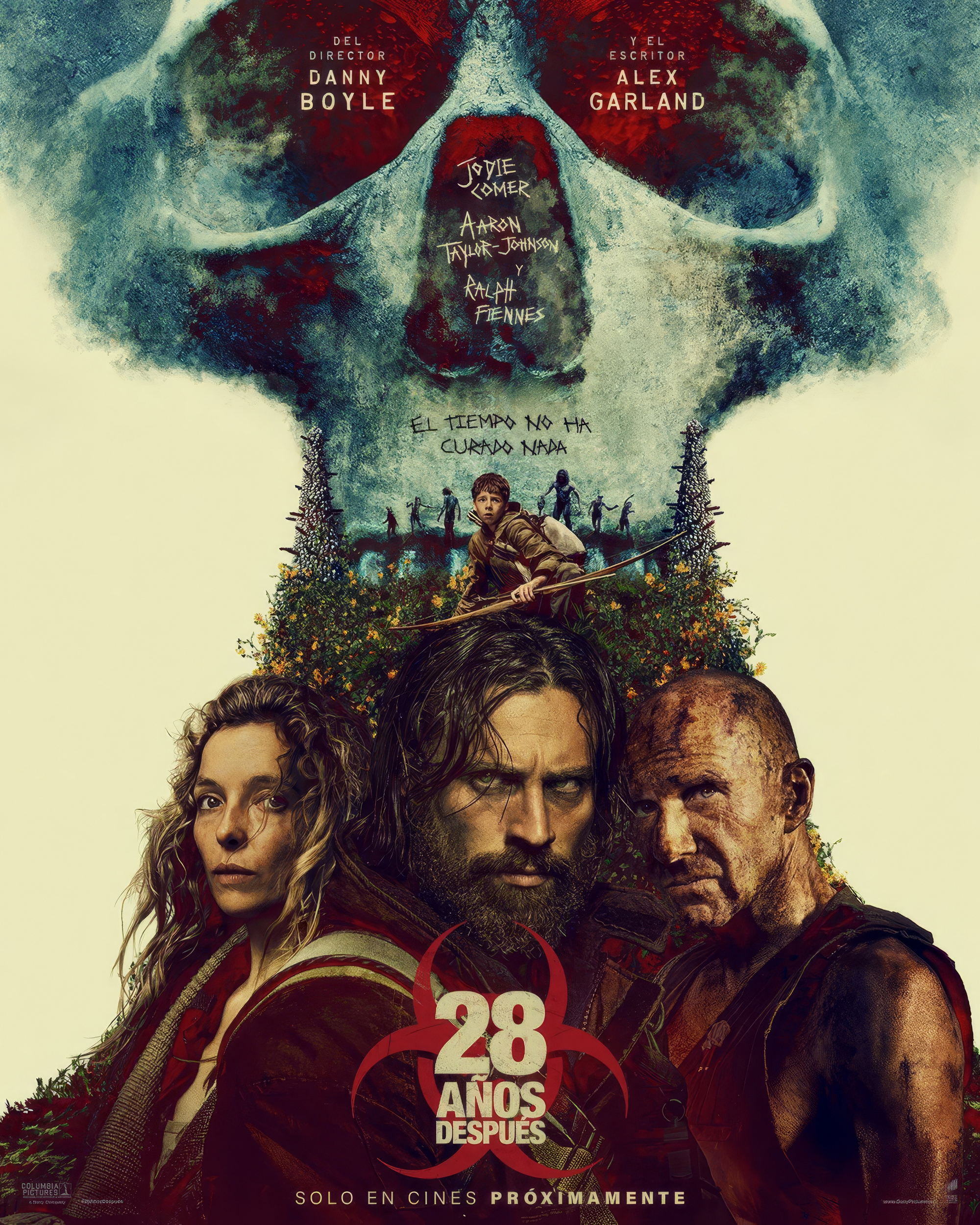
BONUS INTEL: A Glimpse From the River of No Return
Beyond the stark warnings of the poster, one of the first official images from 28 Years Later gives us a chillingly grounded look at the fight for survival. Forget wide shots of desolation for a second; this is personal. It captures Spike, navigating a treacherous river crossing alongside his mother Isla and his brand-new baby sister. Guiding this desperate trek is the seasoned, rough-looking Dr. Kelson, played by the ever-intense Ralph Fiennes. It’s a scene dripping with quiet dread—no Infected needed in the frame to feel the immense pressure. They’re exposed, vulnerable, literally wading through potential danger. It’s a potent reminder that even years later, survival is a moment-to-moment struggle against the elements, the Infected, and the sheer, exhausting reality of this broken world. This isn’t just a horror movie; it’s about the brutal persistence of family in the face of oblivion. And honestly, watching them navigate that water? Tense doesn’t even begin to cover it.
